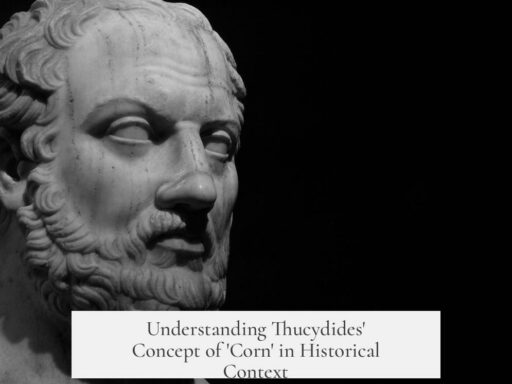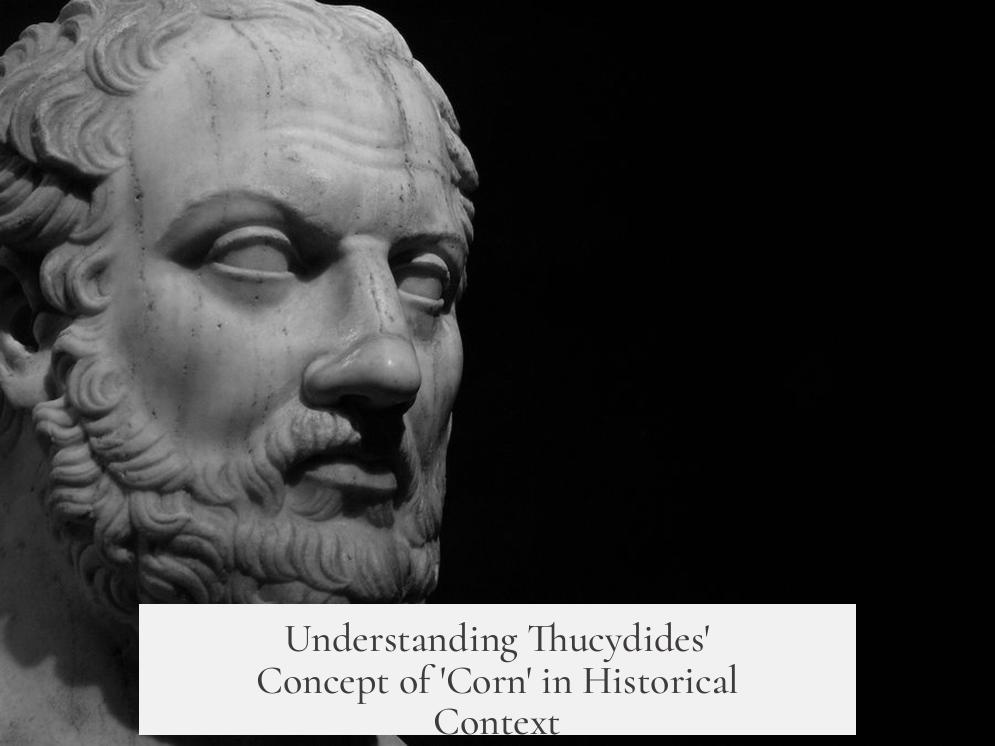Thucydides uses the term “corn” to refer broadly to cereal grains, not maize. In his context, “corn” means staple grains like barley or wheat, the common cereals of Ancient Greece. The modern American use of “corn” as maize is distinct and unrelated to the ancient Greek meaning.
In ancient times, the word often translated as “corn” is likely the Greek word σίτος (sitos), meaning grain or staple food. Thucydides probably uses it to mean the main cereal crops that sustained Greek diets, especially barley and wheat.
Barley was the predominant grain in Ancient Greece. It formed the base for bread, porridge, and other staple foods. Wheat existed as well but was more of a luxury, especially common wheat varieties. Farrow wheat had wider use but remained less typical than barley.
This usage differs significantly from modern American English, where “corn” means maize, a plant unknown in ancient Greek agriculture. In British English and historical contexts, “corn” refers generally to any cereal crop, including wheat, barley, rye, and oats.
- Thucydides’ “corn” means cereal grain, mainly barley or wheat.
- The Greek word σίτος underlies the term, indicating staple grains.
- Barley was the main grain; wheat was less common and more expensive.
- Modern American “corn” (maize) does not apply to Thucydides’ use.
Understanding this avoids confusion about ancient texts mentioning “corn” and clarifies the cereal crops vital to Greek food and economy in that era.




